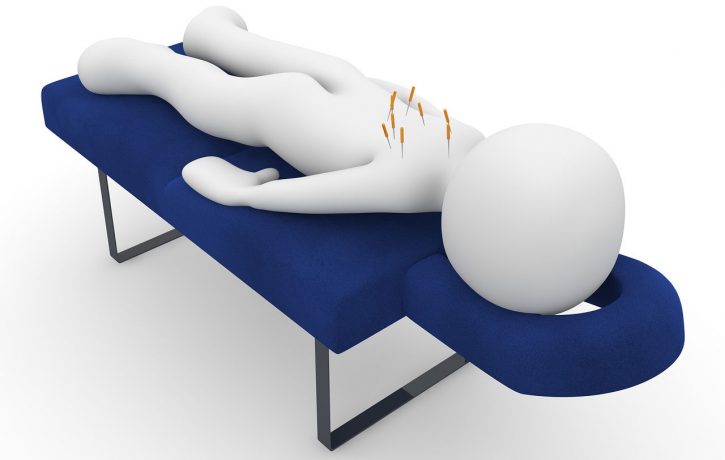in Acupuncture
Dry Needling vs. Acupuncture

As a facet of traditional Chinese medicine, most of us have heard of acupuncture and understand it as the application of needles through the skin.
On the other hand dry needling as a term is less recognised so the general public, so is it necessary to understand the difference if you are thinking of trying either as a form of treatment for your own symptoms?
Dry needling and acupuncture both involve puncturing the skin with thin needles for therapeutic purposes, and while the shared aim is to provide symptom relief, the practices are otherwise very different and should not be confused.
Acupuncture is an ancient technique developed in China to relieve stress, pain, and discomfort by opening up a person’s energy flow, or chi. Acupuncture is used to alleviate a wide range of symptoms, commonly including aches and pains in muscles, headaches and migraines, nausea and vomiting, menstrual cramps, depression and labour-related pains.
Dry needling, sometimes known as medical acupuncture, involves the use of needles to stimulate nerves muscles and under the skin to calm sensitised tissues. This can result in the production of endorphins, which may relieve some symptoms. No fluid is used, as would be with corticosteroid injections; hence the term dry needling is appropriate. Treatment is targeted at tissue sensitivity, pain and physical function only and makes no claims to a systemic affect on the body or any kind of emotional influence.
Needles may be in place for longer in acupuncture than dry needling, up to 30 minutes or more in acupuncture or just several minutes in dry needling.
Dry needling techniques essentially allow the body to dictate how long the needles are place as there is resistance in the needle when it is first inserted and this tension releases as the muscle relaxes and allows easy removal of the needle from the body.
It is likely that more needles will be in place in an acupuncture treatment as practitioners follow specific meridians in the body depending on what the acupuncturist determines to be the correct treatment.
Depending on how many areas there are requiring treatment, dry needling will likely require less needles as the process simply requires inserting needles into the sensitive regions, or into pressure points that can release tension in the surrounding muscle.
I have personally had lots of success in using needles with patients as a complement to both other manual therapies and exercise prescription but am not an advocate of needling alone.
Please contact the Body Matters Clinic if you think that Dry needling or Acupuncture is a treatment option you would like to try.
This article was written by Matthew Oliver M.Ost DO ND. Osteopath.
- Consult Your Body’s Inner Wisdom - 25th September 2025
- Unpacking Misconceptions About Deep Rest Meditation - 26th August 2025
- The Missing Piece in Wellness? Why Realization Process Offers More Than Mindfulness - 22nd July 2025
